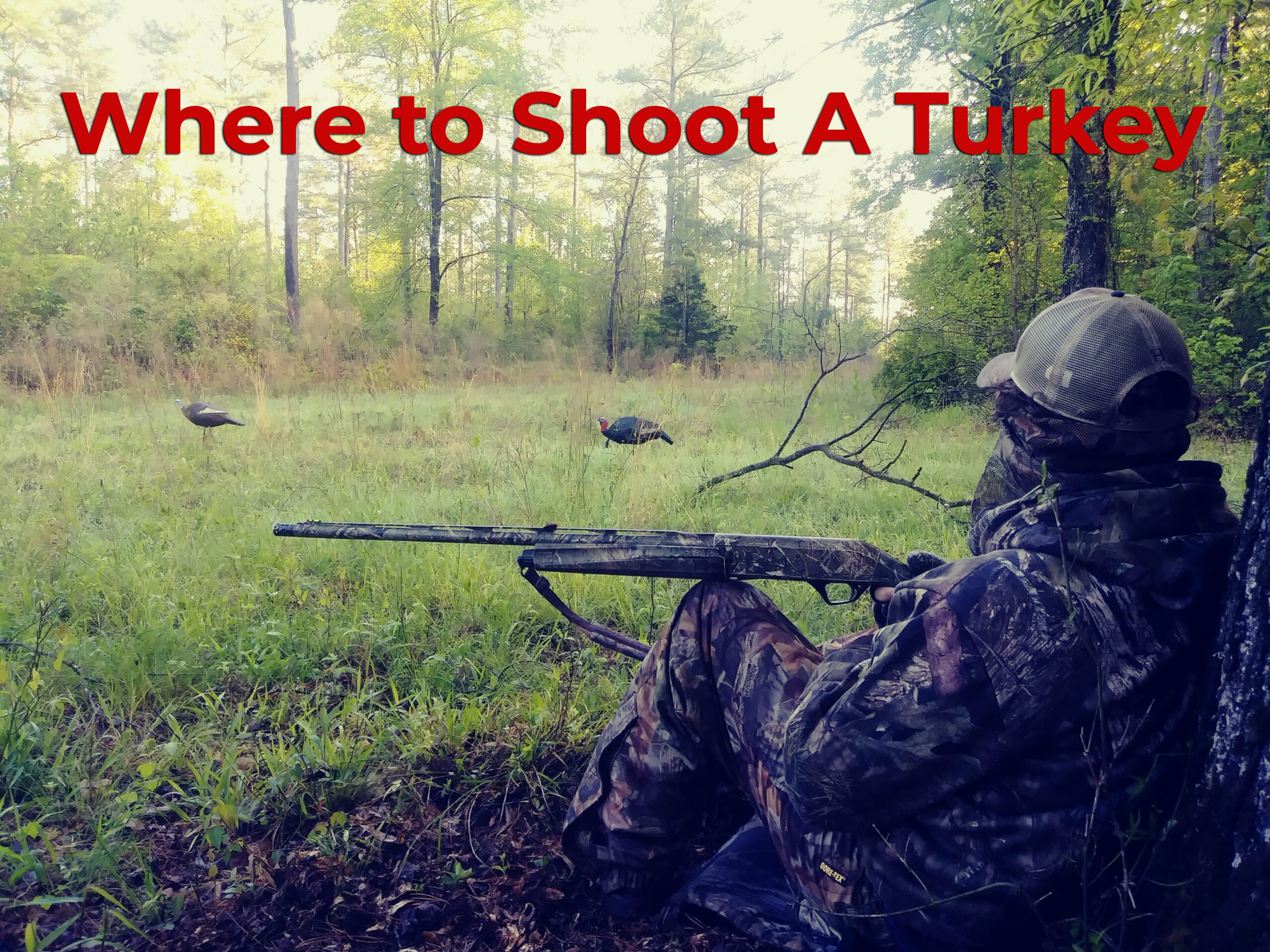Shooting a turkey is an exhilarating experience for any hunter. After weeks or even months of preparation and hunting, finally bagging a gobbler is incredibly rewarding. However, the work doesn’t stop after pulling the trigger. There are several important steps you need to take after shooting your turkey to ensure proper handling of the animal and meat.
Check Your Gun and Unload
The first thing you should do after shooting a turkey is to check that your firearm is safe. Make sure the safety is on and verify the gun is unloaded. This is an essential step for practicing proper hunting safety and preventing any potential accidents. Even if you are certain your gun is empty, always double check.
Give Thanks
Take a moment to appreciate the experience and give thanks for a successful hunt Reflect on the challenges overcome and enjoyment of being out in nature Be grateful for the opportunity to harvest a wild turkey for food or trophies.
Tag Your Turkey
Most states require you to properly tag your harvested turkey before transporting it Check your state’s regulations for the specific tag procedures You typically must attach the tag to the turkey’s leg before moving it, Make sure to follow all the tagging rules and completely fill out any required information on the tag,
Take Photos
Capture some photos of your triumphant hunt while still in the field. Take a few snapshots with your turkey where you shot it before handling the bird further. Photos at the harvest site help commemorate the full experience.
Field Dress the Turkey
Field dressing is essential to proper care of your harvested turkey. First, remove the entrails and internal organs. Take care not to rupture the intestines or crop to avoid contaminating the meat. Remove the head and fold the wings across the back. If it’s warm out, place dressing inside the cavity to absorb fluids and keep the meat cool. If it’s cold, you can leave the cavity open to air chill.
Check-In Your Turkey
Many states require hunters to check-in turkeys through an automated system or at a checking station. Look up the regulations for your state and follow proper procedures for reporting your harvested turkey. Failing to check-in can result in citations.
Tell Friends and Family
Let your hunting partners, friends, and family know about your successful hunt. Share the news and a few photos when you can safely do so, keeping in mind safety if others are still hunting. Avoid extensive social media posting until your friends have also had a chance to hunt that season.
Transport the Turkey
For transport, place your dressed turkey in a cooler on ice if the weather is warm to ensure it doesn’t spoil. In colder weather, you can transport it without ice. Take care to keep the meat from contamination and get the turkey cooled down or frozen as soon as possible.
Process the Meat
Carefully process the meat soon after getting home. Remove the breast meat, legs, thighs, and wings. Make sure to salvage all usable meat. Freeze or cook the meat within a few days.
Save the Features
The beard, spurs, and tail feathers make great hunting trophies. Detach the beard just above the breast. Remove the legs with spurs attached. Carefully cut away the tail fan leaving feathers intact. Clean and dry these features to display.
Mount the Turkey
Consider a full body or tail mount of your tom turkey. Work with a taxidermist to create a lasting trophy displaying your harvest.
Make a Meal
Savor your success by using the meat for delicious wild turkey recipes. Roast the breast, smoke legs and thighs, or grind some meat for burgers or sausage. Share the bounty with family and friends.
Shooting a turkey completes the first major step in the hunt. But properly handling the bird and caring for the meat after the shot ensures you fully benefit from harvesting the animal. Follow these tips to get the most out of your turkey hunt. With the right process, you can create lasting memories and delicious meals.

Follow up for bowhunters
When turkey hunting with a bow, have an arrow nocked and ready for a follow-up shot. If hunting from a ground blind, the terrain may determine if you need to get out of the blind to take a second shot, or if you can take another shot from within the blind.
If you’re in flat, short-grass terrain, you may be able to see the turkey moving away and get a second shot off from within the blind. In taller grass or rolling terrain, it may be quicker and more efficient to get out of the blind (quickly) in order to track the bird for a second shot.
How to pluck a wild turkey
Theres more than one way to pluck a turkey. Whatever method you choose, don’t just grab a handful of feathers and start yanking. This could rip the very thin skin, and once you’ve ripped the skin it’s difficult to finish plucking. In fact, at that point you may need to resort to skinning the bird.
Keep the feet attached to while turkey while plucking it. They’ll give something to hold on to as you rotate and move the carcass around for thorough plucking.
YOU’RE AIMING WRONG! Turkey Shot Placement | Shotgun Turkey Hunting
FAQ
What to do right after you shoot a turkey?
How do you prepare a turkey after killing it?
Do you have to gut a turkey right away?
How long to hang a turkey after killing?
